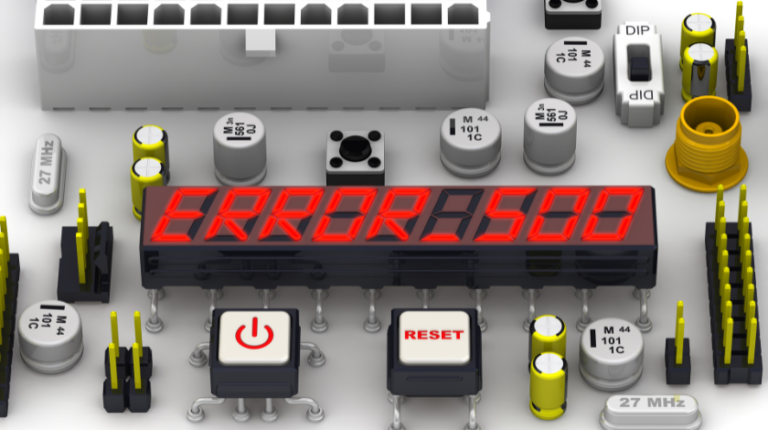How to Learn Isotopes Easily Using a Virtual Lab http//bit.ly/2gxqokm
When I first learned about isotopes in school, it felt confusing. We were told atoms have protons, neutrons, electrons, then some atoms of the same element have different numbers of neutrons, and the mass changes. It was a lot to hold in memory. That’s why tools like virtual labs are so helpful. They let you see and play with atoms, not just read about them.
This article will walk you through what isotopes are, how atomic mass works, and how to use a virtual lab (http//bit.ly/2gxqokm) to explore these ideas. Even if you’ve never done chemistry before, you’ll be able to follow along.
What Is an Atom?
Every substance around us is made of atoms. Atoms are like tiny building blocks. They consist of:
-
Protons, which carry a positive charge
-
Neutrons, which are neutral (no charge)
-
Electrons, which carry a negative charge and orbit around the nucleus
The number of protons of an atom determines its element. For example, every atom with 6 protons is carbon. If an atom has 7 protons, it’s nitrogen, and so on.
What Makes Isotopes
Even within the same element (same number of protons), atoms can have different numbers of neutrons. Those different-neutron versions are called isotopes.
For example:
-
Carbon-12 has 6 protons + 6 neutrons
-
Carbon-14 has 6 protons + 8 neutrons
They’re both carbon. But they differ in mass. Some isotopes are stable; others are radioactive. Scientists care about which isotopes occur naturally and in what amounts.
Atomic Mass & Natural Abundance
When you look at an element on the periodic table, the mass you see isn’t just one isotope’s mass. It’s an average of all its isotopes, weighted by how common each isotope is in nature. That’s natural abundance.
So, if an isotope is very abundant, it has a bigger effect on the average atomic mass. If it’s rare, its effect is smaller.
The Virtual Lab: What It Is and Why It Helps
The virtual lab accessed via bit.ly/2GXQOKM is a simulation tool (similar to PhET’s “Isotopes and Atomic Mass” simulation).
Here’s what it does:
-
Lets you pick an element from the periodic table
-
Lets you change the number of neutrons to form different isotopes
-
Shows you the atomic mass based on the abundances
-
Shows how stability or abundance changes with isotopes
This kind of tool helps in a few ways:
-
Visual learning: You see what happens, not just imagine it.
-
Experimentation: You try different values and see results.
-
Active learning: Doing things helps memory more than just reading.
How to Use the Lab: Step by Step
Here are steps you or a student can follow:
-
Open the link (bit.ly/2GXQOKM). It should load the virtual lab interface.
-
Choose an element you like, for example Carbon or Boron.
-
The element will show its default isotopes. See number of protons, neutrons.
-
Change the number of neutrons (add or remove) to make a new isotope.
-
Observe how the mass number changes. Also check atomic mass (which depends on how common each isotope is).
-
Compare isotopes: which are more stable, which are more abundant.
-
Repeat with other elements. See patterns: lighter elements often have fewer neutrons; heavier ones more; some isotopes are rare, others common.
Common Misconceptions to Watch Out For
When I first tried something like this, I got mixed up between a few things. Here are common pitfalls:
-
Mixing up mass number (total protons + neutrons) with atomic number (just protons).
-
Thinking that isotopes are different elements. They’re not. Same element, different isotope.
-
Believing that all isotopes are stable. Some decay or are radioactive.
-
Assuming atomic mass = mass number. It’s not always true because atomic mass is an average.
Using the lab helps you see these differences directly, which makes them much clearer.
Practice Examples & Activities
Here are a few experiments you can try in the lab or at home:
-
Pick Boron. Find its most abundant isotope. Then change neutrons to see less abundant isotopes. Record their masses.
-
For Carbon, compare Carbon-12 vs Carbon-14. See how increasing neutrons changes mass.
-
For various elements (e.g. Helium, Oxygen, Neon), see how many isotopes are stable vs unstable.
-
Try calculating the average atomic mass given two isotopes and their abundances. For example: 90% of isotope A at mass 10, 10% of isotope B at mass 11 → what is the atomic mass?
Benefits of This Kind of Learning
From my own experience, using these simulations:
-
Makes concepts stick better. When I see what changes, I remember more.
-
Helps reduce fear: chemistry looks complicated, but interacting with atoms makes it less abstract.
-
Makes classes more fun. Teachers who use virtual labs can engage students more.
-
Helps at home learning: if you don’t have lab equipment, this gives a lab-like experience online.
Conclusion
Understanding isotopes and atomic mass doesn’t have to be hard. Using interactive tools like the virtual lab via bit.ly/2GXQOKM lets you see, try, and learn. If you follow the steps, try examples, and avoid the common mix-ups, you’ll get these ideas in a way that makes sense and sticks.
FAQ
Q: Is this virtual lab free to use?
A: Yes, from what I found, it’s free and made for students.
Q: Do I need special equipment?
A: No. Just a computer, tablet, or device with internet access should work.
Q: Can teachers use it in class?
A: Definitely. It works well for demonstrations, assignments, or group work.
Q: What if I don’t understand something (like what atomic mass means)?
A: Try changing isotopes and observing how mass changes. Also check extra resources (textbooks or videos) that explain mass number vs atomic mass.
Q: Is this only for high school?
A: It’s mostly aimed at high school level, but even younger students can get value if guided.





